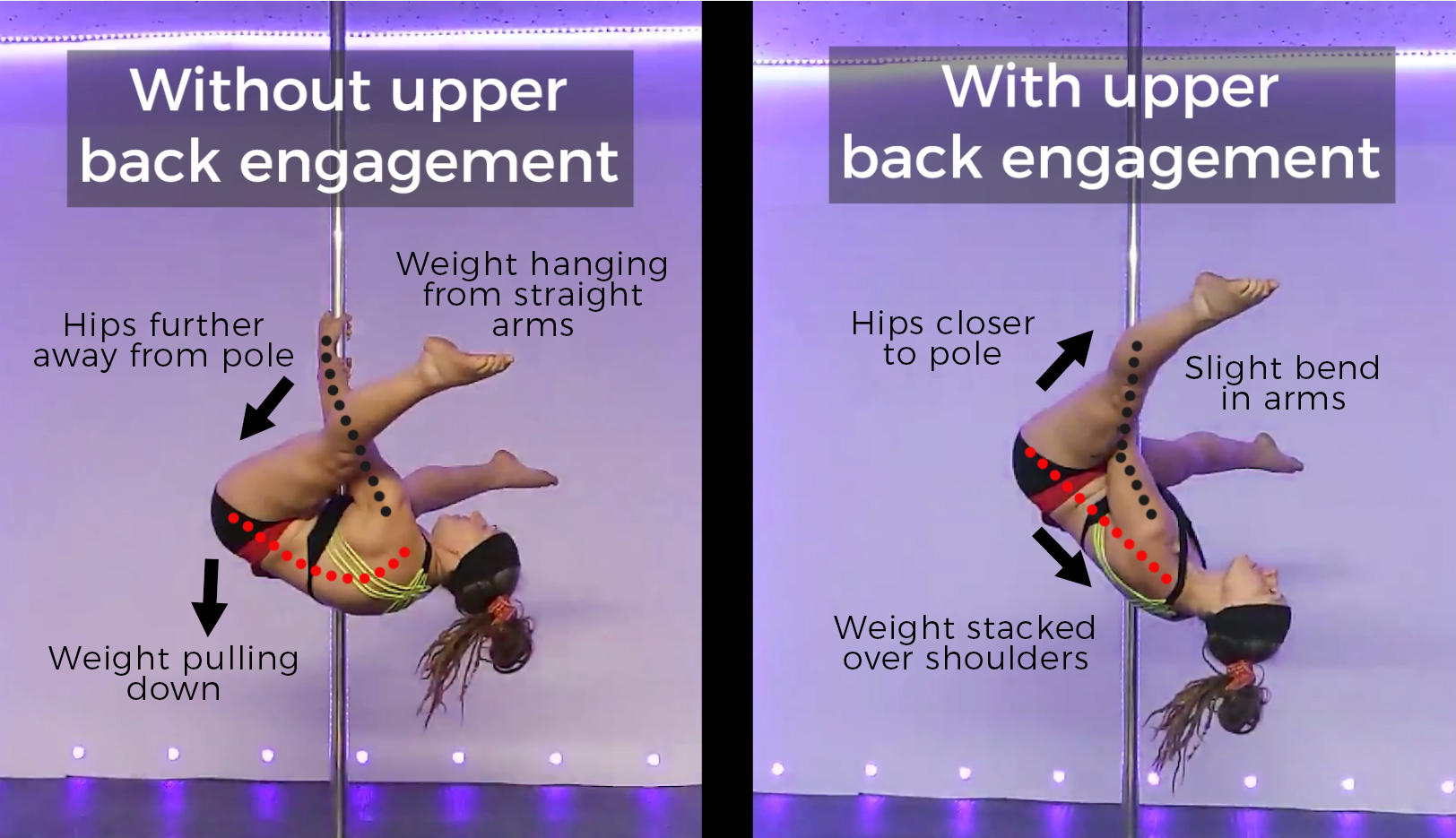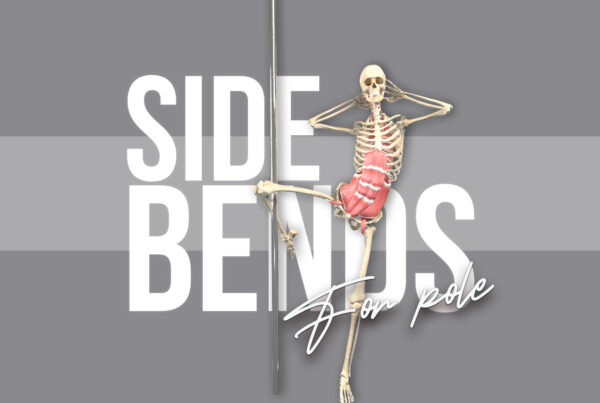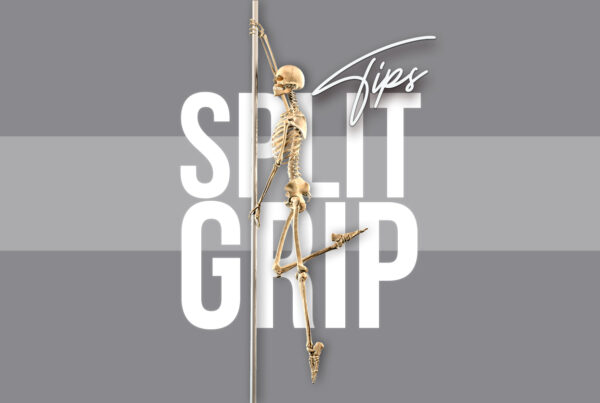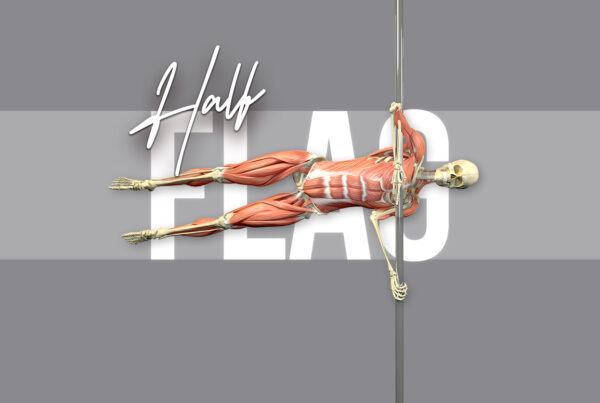In my last post, we started to break down the biomechanics of the pole invert to straddle. If you missed that, what are you waiting for… go catch up here!
Today, I want to go into a little more detail about one particular aspect of invert anatomy. In my opinion, it’s the most important and most often overlooked part of invert mechanics.
Weebles wobble but they don’t fall down
I regularly hear frustrated pole dancers say things like ‘my arms just seem to straighten too soon’, or that they just can’t hold their hips up once they get up – they disappointingly ‘drop’ straight back out of their chopper. Every. Single. Time. Like a weeble*.
*For those confused, it’s a 70’s toy reference. I know, I’m a nerd. But so are you.
I’ve even heard people refer to this as a ‘big booty problem’ – because it feels like your butt is just too dang heavy to hold up there.
Let me reassure you, your butt is definitely NOT too big to invert. Nope. That’s not a thing.
The importance of shoulder engagement in the invert to straddle
As we know (because you read my last blog post, right?), the invert involves many different elements that need to work in-synch for a seamless invert, but 9 times out of 10, this ‘my butt is too heavy’ / ‘I can’t hold my hips up’ problem is actually related to upper back engagement.
You can usually spot this if you look closely at shoulder positioning.
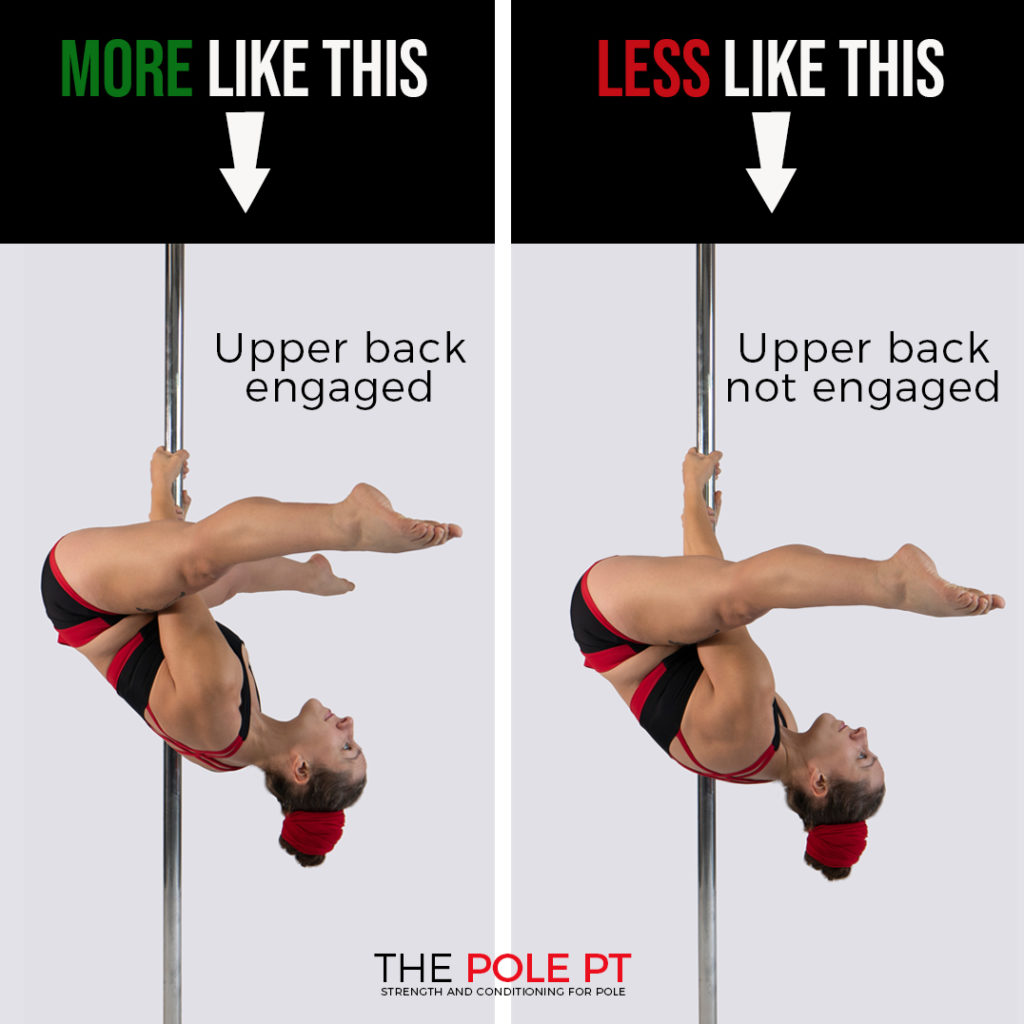
The difference is quite subtle, so here’s another little visual:
Why do my hips drop when my back isn’t engaged?
As we straighten our arms in the ‘tip back’ part of the invert, if our upper back is not doing its bit, our biceps will have to work extra hard to hold our body up. This is why some pole dancers feel like their arms are not strong enough – because they are over-relying on their biceps.
When those hard workin’ biceps inevitably beg for mercy part-way through the movement, they get blamed as the weak point. But – if this sounds like you – I’m here to tell you that your biceps may not actually be the problem!
If, instead, you can engage the muscles of the upper back – particularly the mid traps and rhomboids, it will help spread the load, supporting the eccentric effort of your biceps to control the tip back, making a much more efficient, easier and controlled movement.
It will also allow you to get your hips higher so you can ‘stack’ them above your shoulders – this creates a much easier balance point to hold!
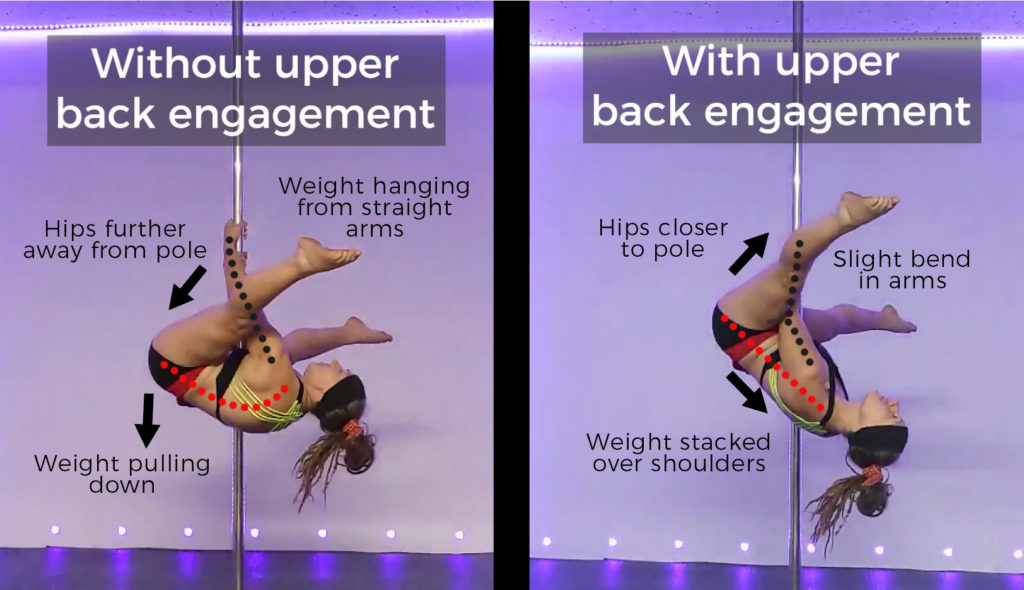
In the video below, I’m demo-ing an invert with the upper back engaged vs an invert without engaging my upper back to show you the unnecessary struggle bus when I have to rely more on my arms to hold me up…
How do I engage my upper back to nail my invert?
Correcting this particular part of our invert mechanics is usually a combination of strength and body awareness. Simply knowing that you have to engage your upper back might help make this ‘click’ for you.
If you hear your instructor giving you cues like ‘shoulders back’ or ‘chest lifted’ – take note! It is this same upper back engagement that they are referring to.
To work on this off the pole, horizontal pulling exercises will be your friend…
Resistance band pulls…
…progressing to bent rows…
…and, eventually, progressing to horizontal pulls using a suspension trainer…
On the pole, I love exercises like the stability ball chopper. This will allow you to work through the full movement of the invert to straddle, but with some of your weight supported so you can really focus on perfecting your back engagement before doing it up the pole for real.
Stay tuned for more pole invert knowledge bombs – you can check out my No Pole Invert workout right here!
Wanna nail your invert with specific ‘on’ and ‘off the pole’ strength and conditioning progressions that target these key areas? Of course you do! Check out my book Strength and Conditioning for Pole – it contains all the sports science knowledge and exercises you need to turn your pole invert daydreams into reality! Available now in ebook or paperback!


